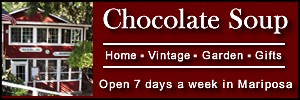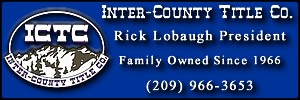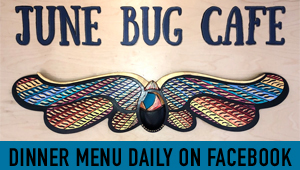
Pollinator garden in Minneapolis, Minnesota. Creating habitat, no matter the size, is helpful for monarchs and pollinators. Photo by Courtney Celley/USFWS.
June 21, 2017 - Monarch butterflies and pollinators are in trouble. You can help by planting a pollinator garden! You can plant a garden anywhere - your yard, school, church, business or even in a pot for your front steps.
A simple, native flower garden will attract beautiful butterflies to your yard and help pollinators stay healthy. In addition to nectar from flowers, monarch butterflies need milkweed to survive, so if you notice the leaves on your milkweed have been chomped, don’t worry, it’s a great sign!
 (Left) Despite its namesake, milkweed is not a weed. These beautiful wildflowers are the only source of food for monarch caterpillars and essential for their survival. Plant milkweed that is native to your area and attract all kinds of pollinators. Photo by Joanna Gilkeson/USFWS.
(Left) Despite its namesake, milkweed is not a weed. These beautiful wildflowers are the only source of food for monarch caterpillars and essential for their survival. Plant milkweed that is native to your area and attract all kinds of pollinators. Photo by Joanna Gilkeson/USFWS.Before gardening
Gather your supplies and research what varieties of milkweed and wildflowers are native to your area. You can also look up pollinator-friendly plant lists for your region. If you’re starting from seeds, find a local seed supplier.What you’ll need
(1) A yard(2) raised bed or some flower pots
(3) Garden tools to break the soil or build a raised bed
(4) Extra dirt and mulch Native milkweed and nectar plants

Seven easy steps
- Choose your location: Butterflies enjoy basking in the sun. Gardens should be planted in sunny spots, with some protection from the wind.
- (Right) Native wildflower gardens add a pop of color to your garden, help bumblebees and butterflies, and need less maintenance. This purple coneflower attracted both bumblebees and a crab spider! What's not to love? Photo by Jim Hudgins/USFWS.
- Take a look at your soil: Break ground to see the consistency of the soil in your yard. Soil may influence the kinds of plants you can grow, or may require special considerations. If you find that your soil type doesn’t match the plants you’d like to plant, you might consider building a raised bed or using flower pots.
- Prep your soil: If you’re planting in your yard, remove the lawn and current plant cover and rake the soil. Additional dirt can be helpful no matter the location and is necessary for raised beds and flower pots - add your soil to the bed or pot.
- Choose your plants: Find a nursery near you that sells native and local plants and milkweed for your area. Native plants are the ideal choice because they require less maintenance and tend to be heartier.
- Choose plants that have not been treated with pesticides, insecticides or neonicotinoids.
- Plant perennials to ensure your plants come back each year and don’t require a lot of maintenance.
- Choose a diversity of plants that bloom throughout the seasons to ensure pollinators benefit in the spring, summer and fall. This will also ensure that your garden is bright and colorful for months!
- Choosing seeds or small plants: Small plants that have already started growing in a nursery are simple and show instant return on pollinator visits, especially if you are planting in a small space. Seeds are best if you have more time. If you’d like to use seeds, plan ahead to plant in spring or fall, giving the seeds time to germinate. Seeds can also be best if you are doing a very large garden as they tend to cost less. Remember to water your seeds even before you see plants.
- Plant your flowers and milkweed: For small plants, dig holes just big enough for the root system. Cover the roots with dirt and reinforce with dirt or straw mulch to reduce weed growth. For seeding, spread seeds across your freshly prepared garden and cover them with dirt. Consider adding some flat rocks so butterflies can bask in the sun!
- Wait, watch, water and weed your garden: It may take some time, but you will eventually see butterflies and other pollinators enjoying your garden. Make sure to weed and water your garden to keep it healthy.
Visit the Monarch Joint Venture for even more details: http://www.monarchjointventure.org/get-involved/create-habitat-for-monarchs/
The mission of the U.S. Fish and Wildlife Service is working with others to conserve, protect and enhance fish, wildlife, plants and their habitats for the continuing benefit of the American people. We are both a leader and trusted partner in fish and wildlife conservation, known for our scientific excellence, stewardship of lands and natural resources, dedicated professionals and commitment to public service. For more information on our work and the people who make it happen, visit www.fws.gov.
Connect with our Facebook page at facebook.com/usfwsmidwest, follow our tweets at twitter.com/usfwsmidwest, watch our YouTube Channel at youtube.com/usfws and download photos from our Flickr page at flickr.com/photos/usfwsmidwest.
Source: USFWS









